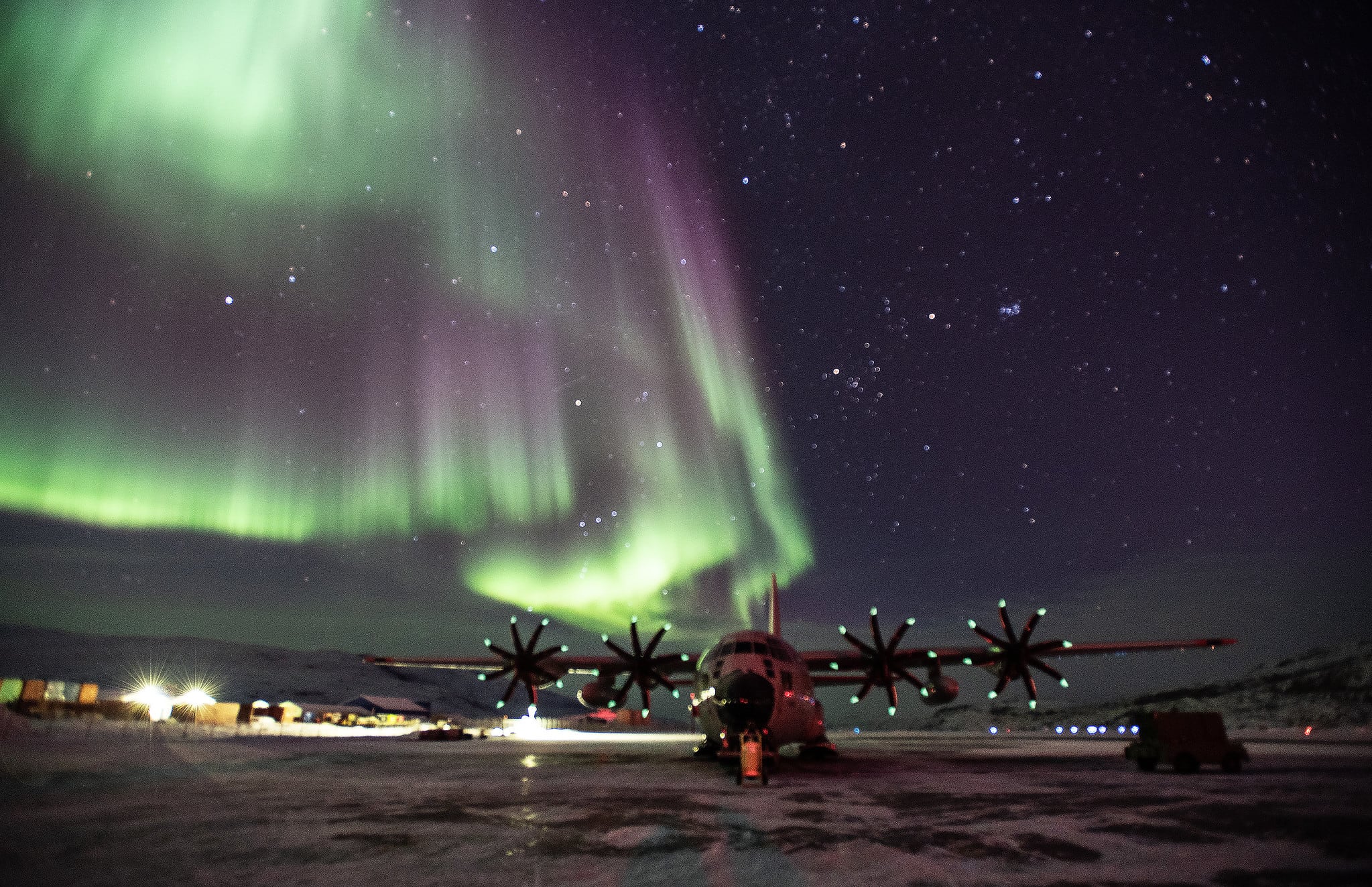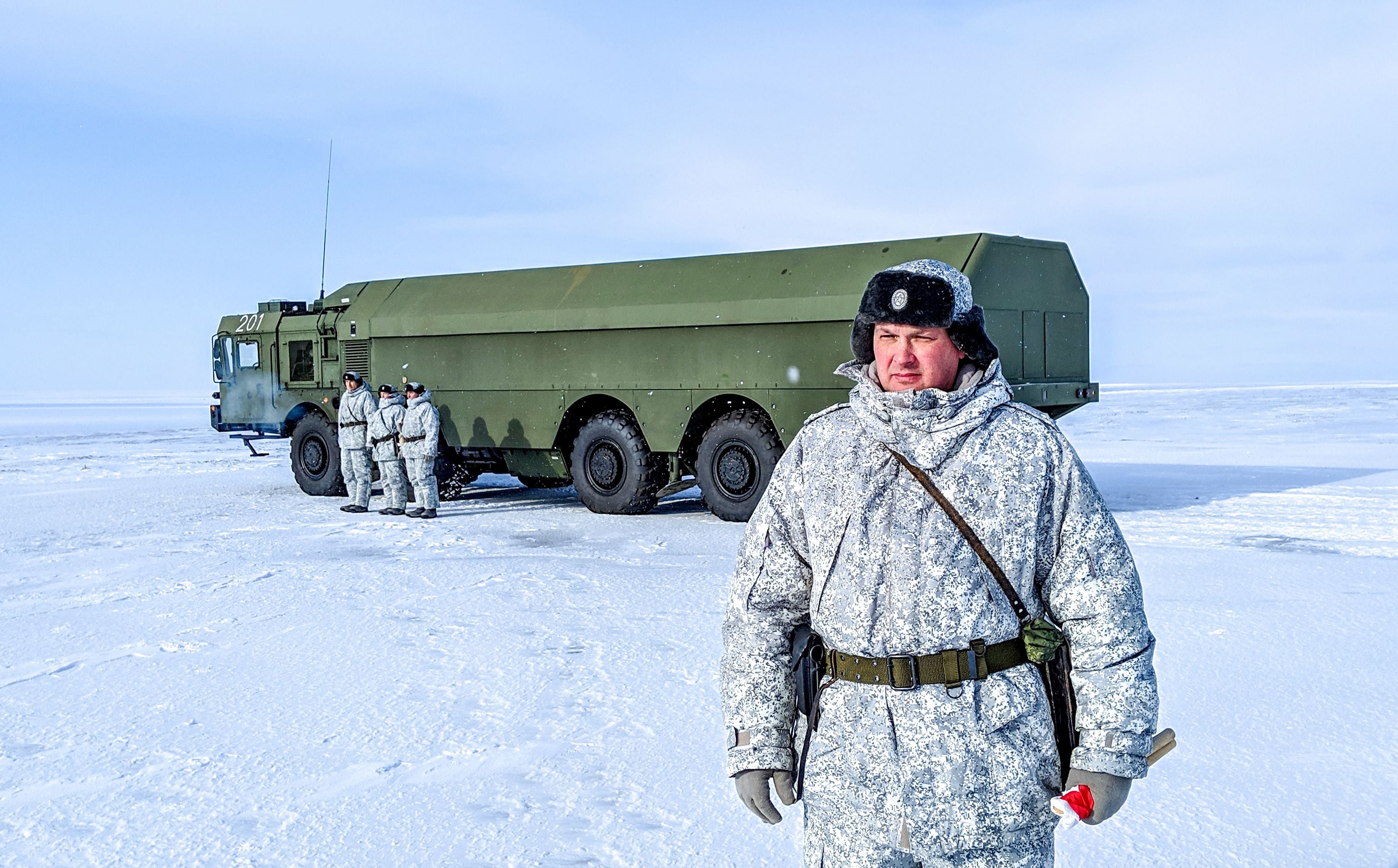Thule Air Base, the U.S.-run ballistic missile-warning site in Greenland, was retitled Pituffik Space Base in an April 6 ceremony at America’s northernmost military installation.
Pituffik (pronounced “bee-doo-FEEK,” according to the Space Force) is the latest base with a military space mission to receive a new name since the U.S. Space Force was established in December 2019.
Most space-focused installations, like Patrick Space Force Base in Florida or Vandenberg Space Force Base in California, have dropped the “Air Force Base” moniker for new management. Pituffik — the traditional Greenlandic name of the region — is the first Space Force installation to get a completely different title.
“This renaming represents our wish to celebrate and acknowledge the rich cultural heritage of Greenland and its people and how important they are to the sustainment of this installation against the harsh environment north of the Arctic Circle,” Chief of Space Operations Gen. Chance Saltzman said at the ceremony, according to a press release.
RELATED

Situated about 750 miles north of the Arctic Circle on Greenland’s remote northwest coast, Pituffik has grown increasingly important to the United States as global powers jockey for military and economic influence in the Arctic.
The Space Force guardians who work there protect the U.S. homeland against ballistic missile strikes and identify objects in a growing field of space debris.
“Crews operate the Upgraded Early Warning Radar weapon system, a phased-array radar that detects and reports attack assessments of sea-launched and intercontinental ballistic missile threats in support of strategic missile warning and missile defense,” the Space Force’s website says of the 12th Space Warning Squadron. “Additionally, the radar supports space domain awareness by tracking and characterizing objects in orbit around the earth.”
Around 150 people are stationed at Pituffik. Troops reach the base — which is surrounded by ice for nine months each year — on privately contracted flights that arrive weekly from Maryland. The military also relies on a fleet of specialized LC-130 transport planes, equipped with skis, to move cargo.
RELATED

The site offers a unique location for international scientific research, chilly military training and environmental protection programs.
“We recognize the important role this installation has played in ensuring our countries and all of North America have remained safe and secure,” said Alan Leventhal, the U.S. ambassador to Denmark, of which Greenland is a territory. “I hope [Pituffik] will become a symbol of our cooperation in science, climate and space research, the common defense of our countries, and the stability of this amazing part of the world that is so vital for our survival.”
Rachel Cohen is the editor of Air Force Times. She joined the publication as its senior reporter in March 2021. Her work has appeared in the Washington Post, the Frederick News-Post (Md.), Air and Space Forces Magazine, Inside Defense, Inside Health Policy and elsewhere.








